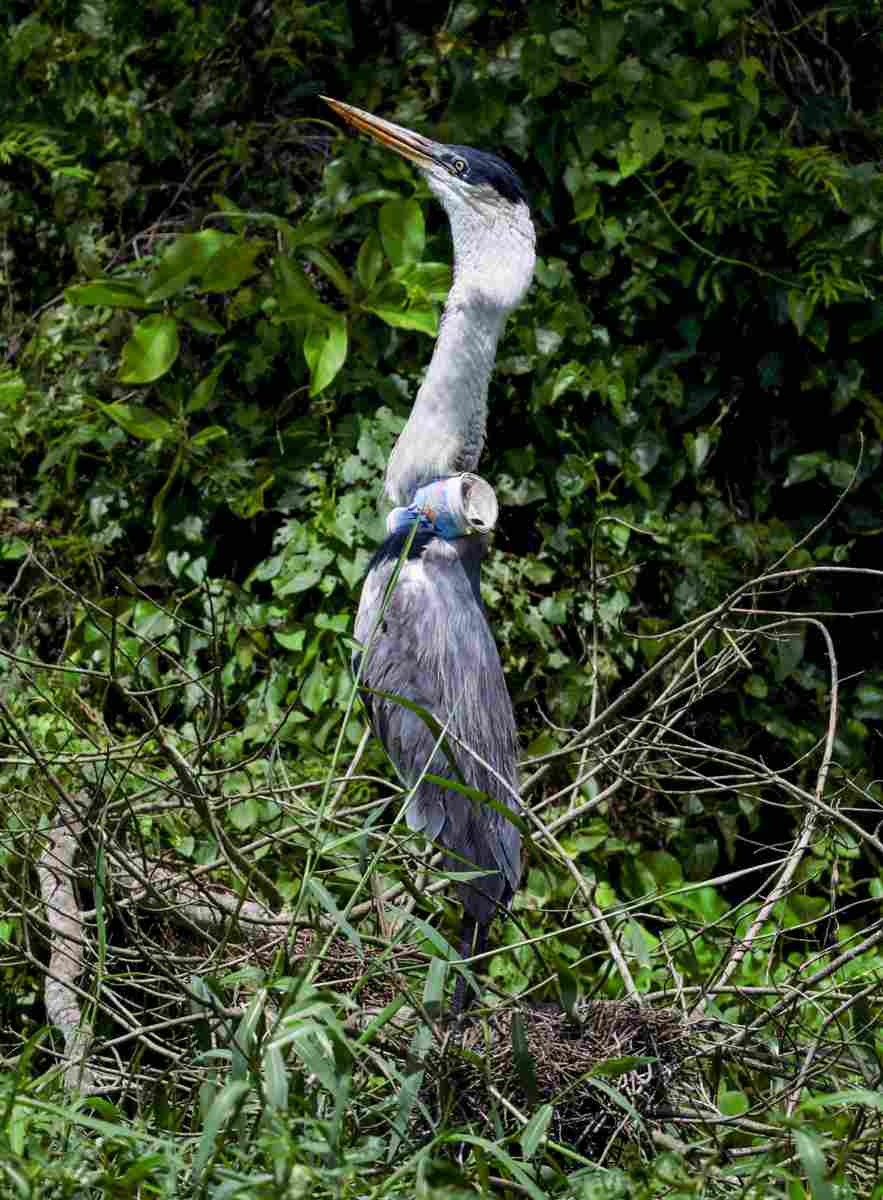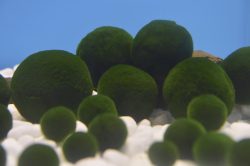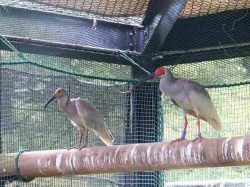
A heron with a plastic cup attached to its neck and blocking its throat is seen on a tree on the banks of the Morto River, in Rio de Janeiro, on Dec. 6.
12:53 JST, January 9, 2025
RIO DE JANEIRO (Reuters) — A heron took flight in Rio de Janeiro on Dec. 15, stretching its wings and soaring over a river after veterinarians saved it from near-certain death by removing a plastic cup attached to its neck and blocking its throat.
The mission to save the bird prompted an outcry in Brazil over the impact of plastic pollution on wildlife in a city famed for its forested mountains overlooking a bustling seaside metropolis.
As its cage opened, the lanky heron hesitated for a moment before stepping out and leaping into the air, its white-gray wings carrying it over the river in Rio’s Recreio dos Bandeirantes neighborhood.
“God willing, it won’t find any plastic or cups on the way,” said Jeferson Pires, a veterinary biologist at a wildlife center who first sighted the unfortunate animal and posted about its predicament on social media.
The logo of the popular 200-milliliter guarana fruit-flavored drink was clearly visible on the heron’s throat before it was captured on Dec. 13. Video showed it struggling in vain to pick the cup off with its orange beak.
“What we saw today with this heron, over these two weeks, is how much these animals are impacted by plastic,” said environmentalist Isabelle de Loys after the bird was freed.
The obstruction was preventing it from eating, and would probably cause starvation in a matter of days without surgical intervention, Pires said.
The carnivorous heron was seen at one point vomiting a fish it could not swallow because of the cup. Pires said lesions on the bird’s long neck were probably due to such failed efforts to eat, leaving it slightly underweight.
Following Pires’ initial posts, the heron became an environmental symbol. Its saga garnered coverage from major newspapers and broadcasters in Brazil, and sparked outrage online over the damage caused by single-use plastics.
After the cup was surgically removed, Pires said he was eager to release the elegant bird back into nature.
“We saw no reason to keep holding her,” he said.
The bird, known to scientists as a Cocoi heron, the largest species of heron found in Latin America, is closely related to the great blue heron.
With their habitat spanning Panama to the southern tip of South America, the birds weigh up to 3 kilograms with wings of length about 40 centimeters.
"Science & Nature" POPULAR ARTICLE
-

Genome Study Reveals Milestone in History of Cat Domestication
-

Big Leap in Quest to Get to Bottom of Climate Ice Mystery
-

Japan Set to Participate in EU’s R&D Framework, Aims to Boost Cooperation in Tech, Energy
-

Paws on Parade: Nairobi’s Dogs Dazzle at ‘Pawchella’
-

Japan’s H3 Rocket Failed in Latest Launch, Says Official
JN ACCESS RANKING
-

Tokyo Economic Security Forum to Hold Inaugural Meeting Amid Tense Global Environment
-

Keidanren Chairman Yoshinobu Tsutsui Visits Kashiwazaki-Kariwa Nuclear Power Plant; Inspects New Emergency Safety System
-

Imports of Rare Earths from China Facing Delays, May Be Caused by Deterioration of Japan-China Relations
-

University of Tokyo Professor Discusses Japanese Economic Security in Interview Ahead of Forum
-

Japan Pulls out of Vietnam Nuclear Project, Complicating Hanoi’s Power Plans


























